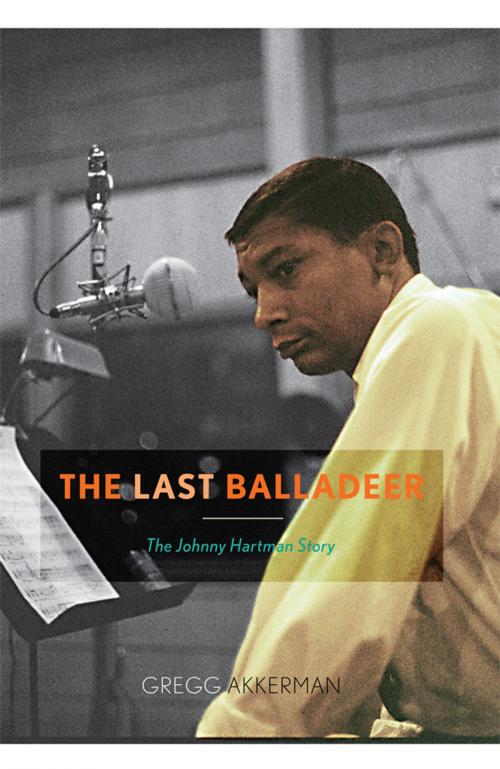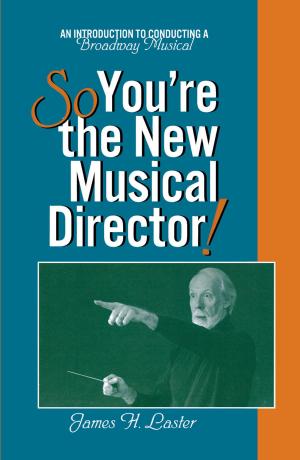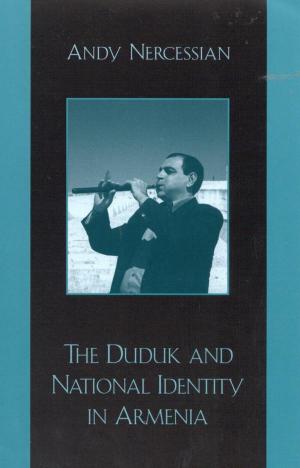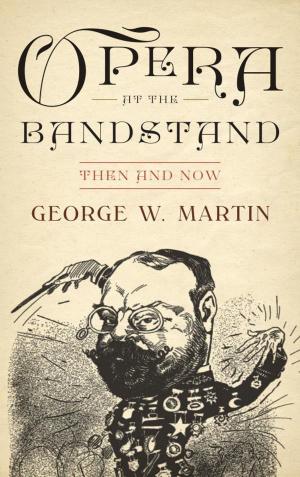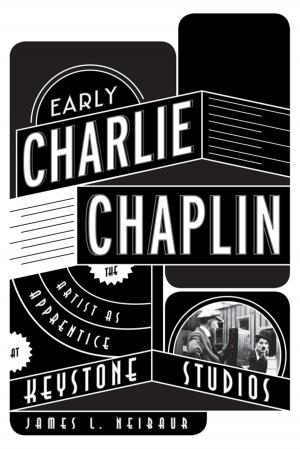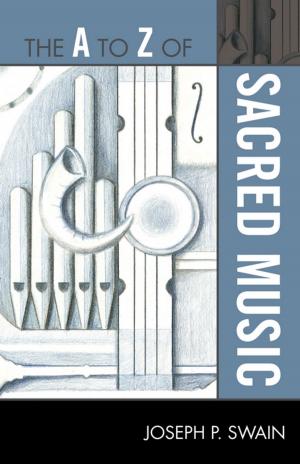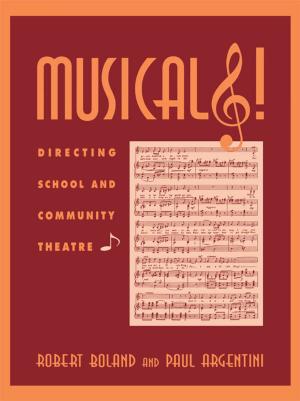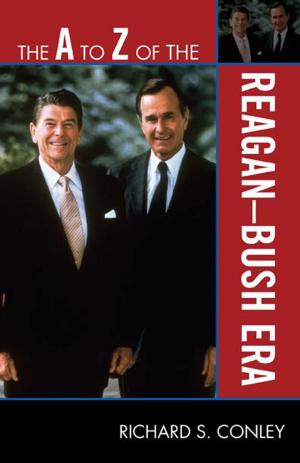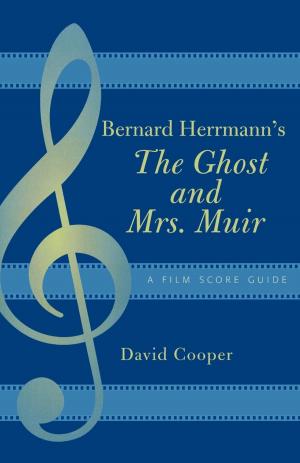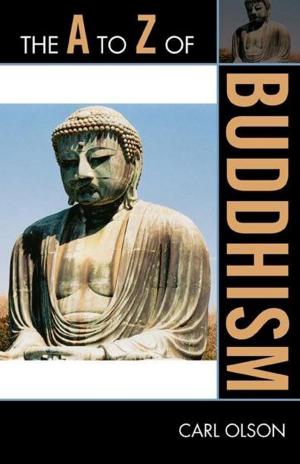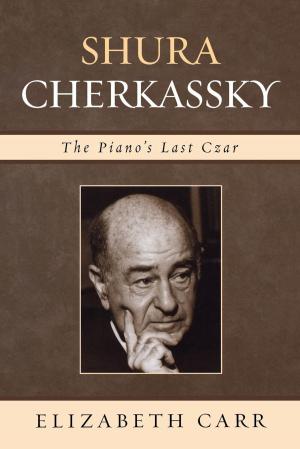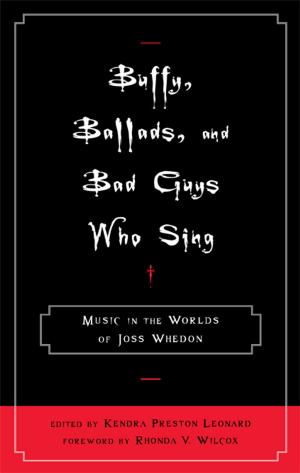The Last Balladeer
The Johnny Hartman Story
Nonfiction, Entertainment, Music, Music Styles, Jazz & Blues, Jazz, Biography & Memoir, Composers & Musicians| Author: | Gregg Akkerman | ISBN: | 9780810882829 |
| Publisher: | Scarecrow Press | Publication: | June 14, 2012 |
| Imprint: | Scarecrow Press | Language: | English |
| Author: | Gregg Akkerman |
| ISBN: | 9780810882829 |
| Publisher: | Scarecrow Press |
| Publication: | June 14, 2012 |
| Imprint: | Scarecrow Press |
| Language: | English |
Just after recording with John Coltrane in 1963, baritone singer Johnny Hartman (1923–1983) told a family member that “something special” occurred in the studio that day. He was right – the album, containing definitive readings of “Lush Life” and “My One and Only Love,” resides firmly in the realm of iconic; forever enveloping listeners in the sounds of romance. In The Last Balladeer, author Gregg Akkerman skillfully reveals not only the intimate details of that album but the life-long achievements and occasional missteps of Hartman as an African-American artist dedicated to his craft.
This book carefully follows the journey of the Grammy-nominated vocalist from his big band origins with Earl Hines and Dizzy Gillespie to featured soloist in prestigious supper clubs throughout the world. Through exclusive interviews with Hartman’s family and fellow musicians (including Tony Bennett, Billy Taylor, Kurt Elling, Jon Hendricks, and others), accounts from friends and associates, newly discovered recordings and studio outtakes, and in-depth research on his career and personal life, Akkerman expertly recollects the Hartman character as a gentleman, romantic, family man, and constant contributor to the jazz scene. From his international concerts in Japan, Australia, and England to his steady presence as an American nightclub singer that spanned five decades, Hartman personifies the “last balladeer” of his kind, singing with a sentiment that captured the attention of Clint Eastwood, who brought Hartman’s songs to the masses in the film The Bridges of Madison County.
In the first full-length biography and discography to chronicle the rhapsodic life and music of Johnny Hartman, the author completes a previously missing dimension of vocal-jazz history by documenting Hartman as the balladeer who crooned his way into so many hearts. Backed by impeccable research but conveyed in a conversational style, this book will interest not only musicians and scholars but any fan of the Great American Songbook and the singers who brought it to life.
Just after recording with John Coltrane in 1963, baritone singer Johnny Hartman (1923–1983) told a family member that “something special” occurred in the studio that day. He was right – the album, containing definitive readings of “Lush Life” and “My One and Only Love,” resides firmly in the realm of iconic; forever enveloping listeners in the sounds of romance. In The Last Balladeer, author Gregg Akkerman skillfully reveals not only the intimate details of that album but the life-long achievements and occasional missteps of Hartman as an African-American artist dedicated to his craft.
This book carefully follows the journey of the Grammy-nominated vocalist from his big band origins with Earl Hines and Dizzy Gillespie to featured soloist in prestigious supper clubs throughout the world. Through exclusive interviews with Hartman’s family and fellow musicians (including Tony Bennett, Billy Taylor, Kurt Elling, Jon Hendricks, and others), accounts from friends and associates, newly discovered recordings and studio outtakes, and in-depth research on his career and personal life, Akkerman expertly recollects the Hartman character as a gentleman, romantic, family man, and constant contributor to the jazz scene. From his international concerts in Japan, Australia, and England to his steady presence as an American nightclub singer that spanned five decades, Hartman personifies the “last balladeer” of his kind, singing with a sentiment that captured the attention of Clint Eastwood, who brought Hartman’s songs to the masses in the film The Bridges of Madison County.
In the first full-length biography and discography to chronicle the rhapsodic life and music of Johnny Hartman, the author completes a previously missing dimension of vocal-jazz history by documenting Hartman as the balladeer who crooned his way into so many hearts. Backed by impeccable research but conveyed in a conversational style, this book will interest not only musicians and scholars but any fan of the Great American Songbook and the singers who brought it to life.
